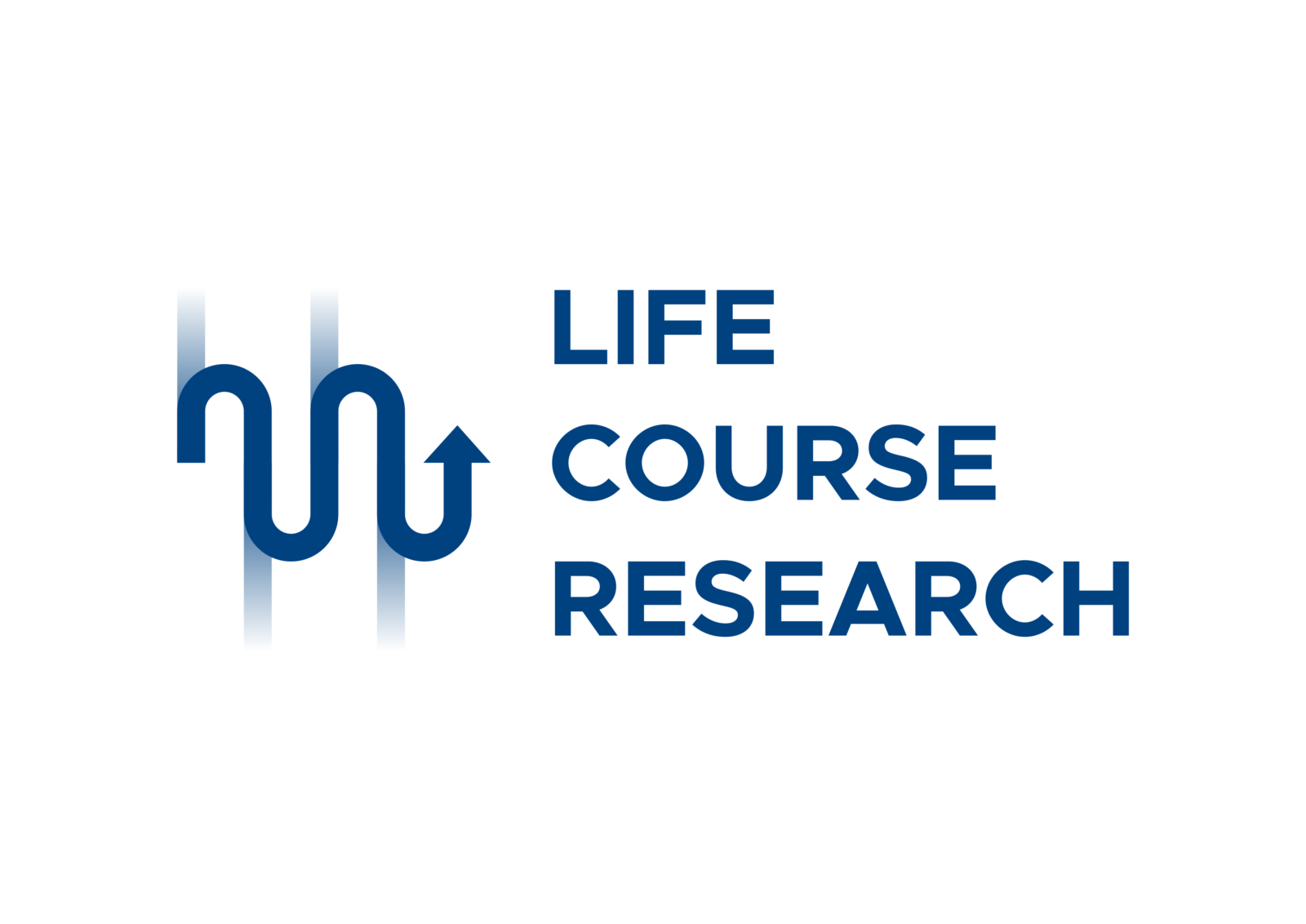Reference
Shelbie G. Turner, Karen Hooker. Are Thoughts About the Future Associated With Perceptions in the Present?: Optimism, Possible Selves, and Self-Perceptions of Aging. The International Journal of Aging and Human Development, 2020; 009141502098188 DOI: 10.1177/0091415020981883
Summary
Inner perceptions of aging (self-perceptions of aging, or SPA) are known to influence many health outcomes (cardiovascular events, memory, hospitalizations, and even mortality). What shapes SPA?
This study investigated two factors that might influence our self-perceptions of aging: “self-efficacy of possible selves” (the perception of being able to become the person you want to be in the future) and the personality trait of optimism.
The result was that both of these factors play an important role, particularly self-efficacy. If you believe you are capable of becoming the healthy, active person you want to be in later life, you are much more likely to become that person.
Investigating the ways in which people envision their future might offer a good reference point for understanding how they evaluate their own aging process and, consequently, for understanding the behaviors that can influence physical health.
Context
Age is more than just a matter of record: besides being a biological construct, it is also a social one. That is, beyond the age related to one’s date of birth, it is the subjective perception of one’s own age that reveals personal expectations and, more generally, the perspective from which each person observes their own life story.
Recent research developments on aging show that subjective age – i.e., the age that people feel – but that often does not coincide with their own age – is a very important factor that can modulate behavior and lifestyle and, consequently, affect health and wellbeing in old age (Westerhof et al. 2014). Subjective age is, therefore, an important element for any approach to medicine that aspires to be preventative and attentive to the individual.
Some gerontologists claim that the subjective age of middle-aged and elderly people is determined by four factors:
- biographical identity,
- awareness of age-related changes,
- stereotypes about old age
- inner perceptions of aging (self-perception of aging, henceforth SPA).
The focus of the present study is on the latter. Self-perceptions are believed to be strongly modulated by stereotypes about different stages of life, with respect to the person’s current stage. Recent research on this topic shows that the more positive the person’s SPA, the greater their degree of awareness of the natural changes caused by aging.
In short, it is widely recognized that the perception of one’s aging is capable of directly affecting the quality of aging itself. Being prepared and amenable to the inevitable effects of aging triggers a series of virtuous behaviors, from following a healthy diet to maintaining regular physical activity. These behaviors, in turn, translate into better health conditions in old age and a reduction in the mortality rate. Therefore, it is understood that SPAs have an impact not only at an individual level, but also have wider implications for society.
How are SPAs shaped and developed?
By definition, SPAs are malleable and, among the strong conditioning factors, the motivational component is first and foremost. Such a psychological component is best understood as a positive, optimistic attitude towards the future. Although no experimental research has yet investigated if and how optimism might be directly associated with SPAs, it is plausible that there is a connection. Beyond this specific personality trait, however, it is clear that a person must be considered from a broader perspective that includes other significant traits in addition to the individual’s life history, or maturation processes over their entire life span.
Study characteristics
The present study aims to examine some factors that appear to modulate SPAs. Socio-demographic, psychological (coping strategies, cognitive skills, personality traits) and objective health status factors are likely to be distal antecedents. These antecedents structure how one evaluates one’s life and experiences age-related stereotypes, thus generating certain types of behavior and attitudes.
In particular, the authors tried to investigate the role of optimism – understood both as a generally positive attitude towards the future and a possible reserve tank in the face of negative events – combined with what they call “self-efficacy of possible selves”. This self-efficacy represents the capacity to envision one’s self in possible future scenarios. In a nutshell, investigating the ways in which people imagine their future selves might offer a good reference point as to how they evaluate their own aging process.
The impact of optimism and SPA was assessed by the authors in an exploratory study of 244 middle-aged and older people (between 52 and 90, with an average age of 67). To calculate the sense of self-efficacy, participants were administered the Possible-Selves Questionnaire (Frazier et al., 2002; Hooker, 1999). Using a 7-point Likert scale, participants had to express how well they felt they could cope with two threatening personal situations and two desirable positive situations. The test result consisted of an average obtained from the responses to the two different types of scenarios.
To calculate the rank of SPA, Turner and Hooker used the 5 items of the Attitudes Toward Own Aging subscale (Lawton, 1975) (1. “Things keep getting worse as I get older; 2. I have as much pep as I had last year”; 3. “As you get older you are less useful”; 4. I am as happy now as I was when I was younger”; 5. “As I get older, things are ___________ I thought they would be”). Participants had to fill in the space by entering the options “better than”, “worse than”, “the same as”. For the first four items the Lickert scale indicated six degrees of agreement / disagreement.
To measure optimism, the authors preferred to use the 6 items prepared by the Lifetime Orientation Test (Scheier, 1994) (1. “In uncertain times I usually expect the best”; 2. “If something can go wrong for me, it will”; 3. “I’m always optimistic about my future”; 4. “I hardly ever expect things to go my way”; 5. “I rarely count on good things to happen to me”; 6. “Overall, I expect more good things to happen to me than bad”).
Results
The results show that if both dimensions – optimism and sense of self-efficacy – are predictive of SPA characteristics (self-perceptions concerning the aging process), then self-efficacy represents a better predictor than optimism.
What’s new
Turner and Hooker’s research represents a relevant advance in the scientific literature on aging because it succeeds in showing the crucial role that optimism plays in the formation of SPAs. In addition, the results of this study offer insight into how imaginative thinking about the future affects our current assessments of ourselves as we age. The abilities we use to achieve and realize highly desired future scenarios, or avoid future situations and contexts that frighten us, constitute important reference points with which to judge and perceive our subjective age.
Study limitations
Given their malleable nature, SPAs may refer to specific aspects of a person’s life: an individual could have positive SPAs regarding future relationships with family, but negative SPAs regarding their own physical condition. This level of specificity has not been examined by the authors, and could be the topic of future investigations. Turner and Hooker are fully aware of these limits.
What are the prospects
To conclude, a direction for future research on SPAs could be to carry out a longitudinal analysis that includes an investigation of how, over time, thoughts pointing to the future can help shape and predict SPAs.
Edited by Emiliano Loria and Cristina Meini




